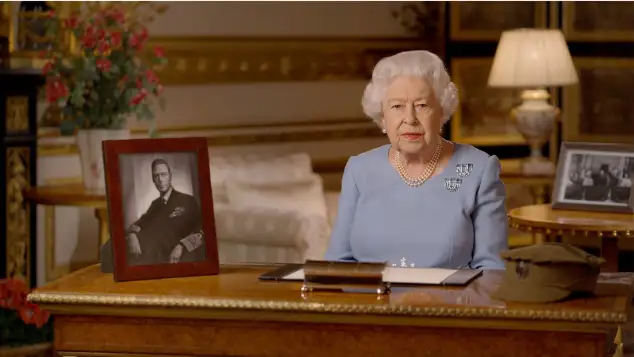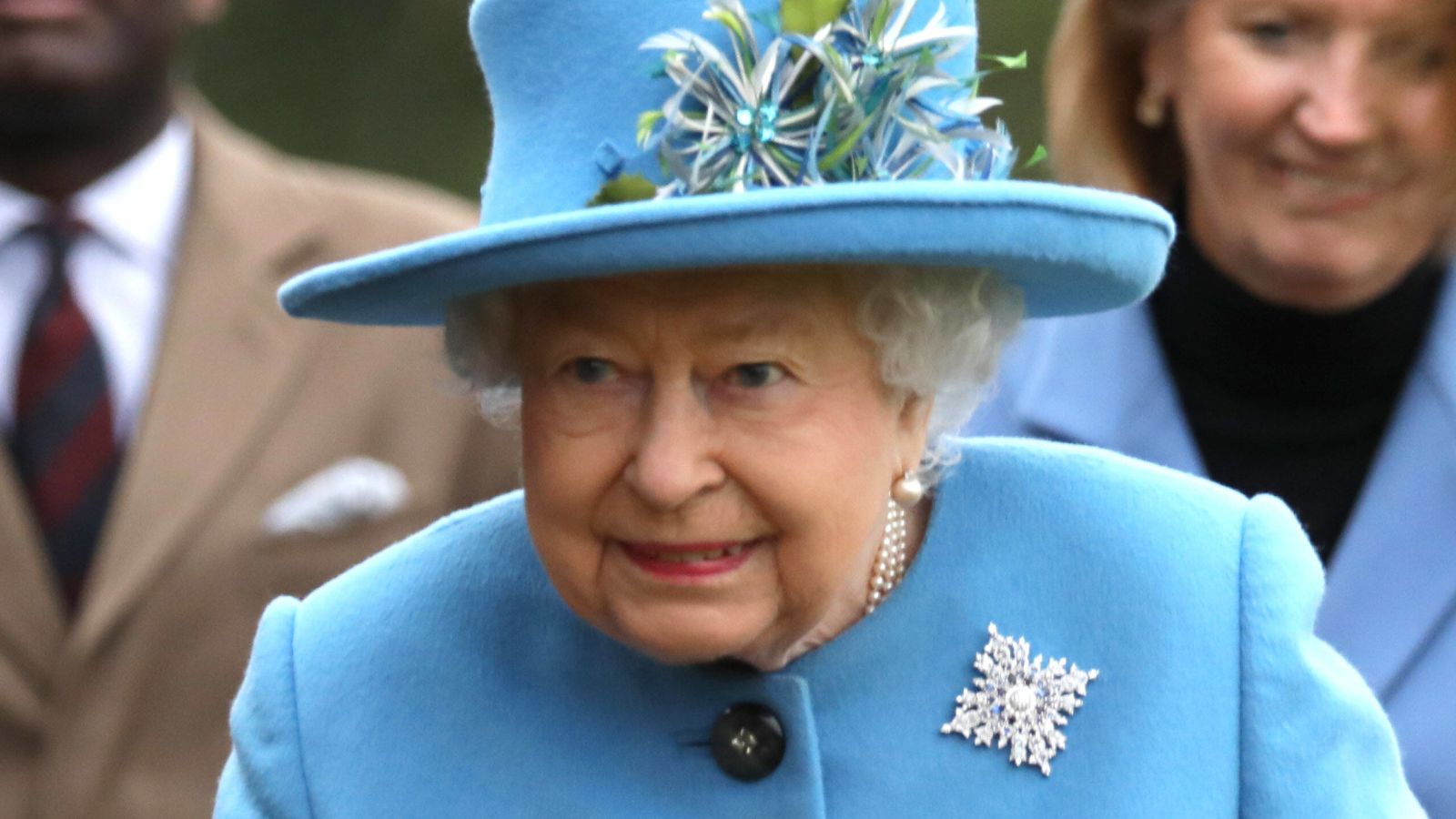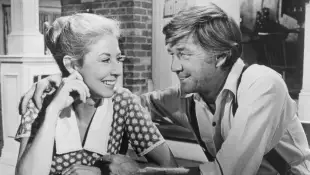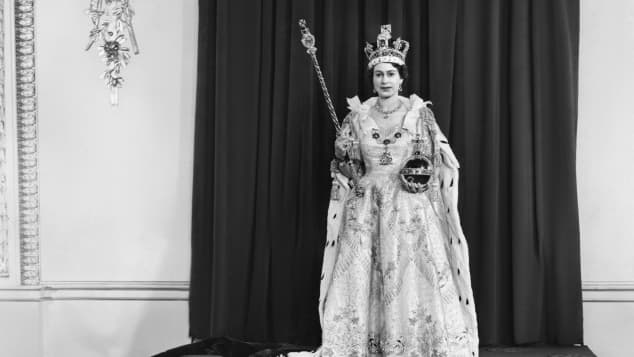Royal titles can be difficult to understand, and they get even more complicated when it comes to geography. But geography in particular plays a major role in the title of reigning monarch at Buckingham Palace.
Even if it has become customary to designate Queen Elizabeth II as the Queen of England, this title is technically inaccurate as an official title.
Why is Queen Elizabeth II not the Queen of England?
The Queen is the ruling monarch in England, but this does not mean that her official title is the Queen of England. To understand this, you have to know that England has not been an independent, sovereign state since 1707.
As a result, her simplified title is actually the Queen of the United Kingdom of Great Britain and Northern Ireland. Her namesake Queen Elizabeth I was the last queen "only" of England.
After her death in 1603, she was succeeded by the King of Scotland James VI. With his accession to the throne, the three separate kingdoms of England, Scotland, and Ireland were united for the first time under one monarchy.
Since then there has only been, strictly speaking, one king or queen of the United Kingdom and not of England alone.
By the way, Elizabeth II can't just be Queen of Great Britain either. That's because Great Britain is the geographic term for the largest of the British Isles.
Northern Ireland, where the Queen is also regent, does not belong by the definition. Hence the title Queen of the United Kingdom of Great Britain and Northern Ireland.
Queen Elizabeth II's official title
Elizabeth II is therefore Queen of the United Kingdom of Great Britain and Northern Ireland and of 15 other states called Commonwealth Realms with their territories and dependent areas.
She is also the head of the 53 states in the Commonwealth of Nations and the secular head of the Church of England, which is the state church in England.
At her official appointments in the UK, she is presented as: "Elizabeth II, by the Grace of God of the United Kingdom of Great Britain and Northern Ireland and of Her other Realms and Territories Queen, Head of the Commonwealth, Defender of the Faith."
In addition to her official title, the Queen has also received many unofficial titles on her travels as regent over the years. For example, she was called the "Mother of All People" by the Salish people of Canada. During stays in Jamaica, the Queen is unofficially known as "Missis Queen" or "The Queen Lady."
Queen Elizabeth II lands on the throne
A historically special day it was when Elizabeth became Queen. She was not originally intended to be queen. But because her uncle abdicated in 1936, Elizabeth's father became king, as George VI. Little Elizabeth unexpectedly became the new heir apparent.
The Queen took the throne on Feb. 6, 1952, and she is the UK's longest-reigning monarch. She'll even hit her 70th year as ruler in 2022.










